
ISO Cleanroom Standards
Clean rooms are classified by how clean the air is. In Federal Standard 209 (A to D) of the USA, the number of particles equal to and greater than 0.5mm is measured in one cubic foot of air, and this count is used to classify the cleanroom. This metric nomenclature is also accepted in the most recent 209E version of the Standard. Federal Standard 209E is used domestically. The newer standard is TC 209 from the International Standards Organization. Both standards classify a cleanroom by the number of particles found in the laboratory's air. The cleanroom classification standards FS 209E and ISO 14644-1 require specific particle count measurements and calculations to classify the cleanliness level of a cleanroom or clean area. In the UK, British Standard 5295 is used to classify cleanrooms. This standard is about to be superseded by BS EN ISO 14644-1.
Cleanrooms are classified according to the number and size of particles permitted per volume of air. Large numbers like “class 100” or “class 1000” refer to FED_STD-209E, and denote the number of particles of size 0.5 mm or larger permitted per cubic foot of air. The standard also allows interpolation, so it is possible to describe e.g. “class 2000.”
Small numbers refer to ISO 14644-1 standards, which specify the decimal logarithm of the number of particles 0.1 µm or larger permitted per cubic meter of air. So, for example, an ISO class 5 cleanroom has at most 105 = 100,000 particles per m3.
Both FS 209E and ISO 14644-1 assume log-log relationships between particle size and particle concentration. For that reason, there is no such thing as zero particle concentration. Ordinary room air is approximately class 1,000,000 or ISO 9.
Before global cleanroom classifications and standards were adopted by the International Standards Organization (ISO), the U.S. General Service Administration’s standards (known as FS209E) were applied virtually worldwide. However, as the need for international standards grew, the ISO established a technical committee and several working groups to delineate its own set of standards.
FS209E contains six classes, while the ISO 14644-1 classification system adds two cleaner standards and one dirtier standard (see chart below). The "cleanest" cleanroom in FS209E is referred to as Class 1; the "dirtiest" cleanroom is a class 100,000. ISO cleanroom classifications are rated according to how much particulate of specific sizes exist per cubic meter (see second chart). The "cleanest" cleanroom is a class 1 and the "dirtiest" a class 9. ISO class 3 is approximately equal to FS209E class 1, while ISO class 8 approximately equals FS209E class 100,000.
By law, Federal Standard 209E can be superseded by new international standards. It is expected that 209E will be used in some industries over the next five years, but that eventually it will be replaced internationally by ISO 14644-1.
| Airborne Particulate Cleanliness Class Comparison | ||
|---|---|---|
| ISO 14644-1 | FEDERAL STANDARD 209E | |
| ISO Class | English | Metric |
| ISO 1 | ||
| ISO 2 | ||
| ISO 3 | 1 | M1.5 |
| ISO 4 | 10 | M2.5 |
| ISO 5 | 100 | M3.5 |
| ISO 6 | 1,000 | M4.5 |
| ISO 7 | 10,000 | M5.5 |
| ISO 8 | 100,000 | M6.5 |
| ISO 9 | ||
| Airborne Particulate Cleanliness Class (by cubic meter): | ||||||
|---|---|---|---|---|---|---|
| CLASS | Number of Particles per Cubic Meter by Micrometer Size | |||||
| 0.1 microns | 0.2 microns | 0.3 microns | 0.5 microns | 1 micron | 5 microns | |
| ISO 1 | 10 | 2 | ||||
| ISO 2 | 100 | 24 | 10 | 4 | ||
| ISO 3 | 1,000 | 237 | 102 | 35 | 8 | |
| ISO 4 | 10,000 | 2,370 | 1,020 | 352 | 83 | |
| ISO 5 | 100,000 | 23,700 | 10,200 | 3,520 | 832 | 29 |
| ISO 6 | 1,000,000 | 237,000 | 102,000 | 35,200 | 8,320 | 293 |
| ISO 7 | 352,000 | 83,200 | 2,930 | |||
| ISO 8 | 3,520,000 | 832,000 | 29,300 | |||
| ISO 9 | ||||||
In cleanrooms, particulate concentration changes over time – from the construction and installation of equipment to its operational status. ISO delineates three cleanroom classification standards: as-built, at-rest and operational. As instruments and equipment are introduced and particulates rise, an "as-built" cleanroom becomes an "at-rest" cleanroom. When people are added to the matrix, particulate levels rise still further in the "operational" cleanroom.
ISO 14644-2 describes the type and frequency of testing required to conform to certain standards. The following tables indicate mandatory and optional tests.
ISO and Federal Air Change Rates for Cleanrooms
A critical factor in cleanroom design is controlling air-change per hour (ACH), also known as the air-change rate, or ACR. This refers to the number of times each hour that filtered outside air replaces the existing volume in a building or chamber. In a normal home, an air-conditioner changes room air 0.5 to 2 times per hour. In a cleanroom, depending on classification and usage, air change occurs anywhere from 10 to more than 600 times an hour.
ACR is a prime variable in determining ISO and Federal cleanliness standards. To meet optimal standards, ACR must be painstakingly measured and controlled. And there is some controversy. In an appendix to its ISO 14644-1 cleanliness standard, the International Standards Organization addressed applications for microelectronic facilities only. (ISO classes 6 to 8; Federal Standards 1,000, 10,000 and 100,000.) The appendix contained no ACR standards for pharmaceutical, healthcare or biotech applications, which may require higher ACR regulations.
According to current research, case studies and experiments, using an ACR range (rather than one set standard) is a better guideline for cleanliness classification. This is true because the optimal ACR varies from cleanroom to cleanroom, depending on factors such as internal equipment, staffing and operational purpose. Everything depends on the level of outside contaminants trying to enter the facility versus the level of contaminants being generated on the inside.
The breadth of these ranges reflects how dramatically people and processes affect cleanliness. Low-end figures within each contamination class generally indicate air velocity and air change requirements for an as-built or at-rest facility – where no people are present and no contaminating processes under way. When there are people and processes producing contaminants, more air changes are required to maintain optimal cleanliness standards. For instance, some manufacturers insist on as many as 720 air changes per hour to meet Class 10 standards.
Determining the appropriate number of air changes for a particular application requires careful evaluation of factors such as the number of personnel, effectiveness of garbing protocol, frequency of access, and cleanliness of process equipment.
Rajan Jaisinghani, in his paper "Energy Efficient Low Operating Cost Cleanroom Airflow Design," presented at ESTECH 2003, recommended the following ranges based on FS209E classifications:
| FS Cleanroom Class | ISO Equivalent Class | Air Change Rate |
|---|---|---|
| 1 | ISO 3 | 360-540 |
| 10 | ISO 4 | 300-540 |
| 100 | ISO 5 | 240-480 |
| 1,000 | ISO 6 | 150-240 |
| 10,000 | ISO 7 | 60-90 |
| 100,000 | ISO 8 | 5-48 |
Jaisinghani’s recommendations concur with other recent studies of ACR, which criticize some existing air rate standards (developed in the 1990s) as being unscientific because they are based on fans and filters inferior to today’s models. So when these older standards are applied, the resulting ACR is often too high. In fact, some studies have found that reducing the ACR (and its attendant air turbulence) can result in a cleaner atmosphere.
This was demonstrated in a study conducted by Pacific Gas and Electric (San Francisco) and the Lawrence Berkeley National Laboratory (Berkeley). The study measured air change rates in several ISO Class-5 cleanrooms and came to the conclusion that there is "no consistent design strategy for air change rate, even for cleanrooms of the same cleanliness classification."
ACR rates have critical design implications, especially when considering desired cleanliness, fan size and lower energy costs. The PG&E/Berkeley study caused many designers to reduce fan sizes. In short, a lower ACR often resulted in cleaner air.
The study revealed three abiding principles:
- Lower air change rates result in smaller fans, which reduce both initial investment and construction cost.
- Fan power is proportional to the cube of air change rates or airflow. A 30-percent reduction in air change rate results in a power reduction of approximately 66 percent.
- By minimizing turbulence, lower airflow may improve cleanliness.
The study focused on Class-5 cleanrooms, concluding that an ACR range of from 250 to 700 air changes per hour is standard, but that "actual operating ACRs ranged from 90 to 625." It added that all of these optimized cleanrooms were certified and performing at ISO Class-5 conditions with these lower ACRs. Finally, the study concluded that rarely does a Class-5 facility require an ACR of more than 300.
The study also found that the "[b]est practice for ACRs is to design new facilities at the lower end of the recommended ACR range," with variable speed drives (VSDs) built in so that air flow adjustments can be made under actual operating conditions.
In his report "An examination of ACRs: An opportunity to reduce energy and construction costs," Peter Rumsey, PE, CEM, essentially concurred with the PG&E-commissioned study by Berkeley. Rumsey issued a caveat, then brushed it aside by citing research subsequent to Berkeley’s: "Air cleanliness is a critical component of any cleanroom, far outweighing energy saving priorities. Designers and operators need evidence from others who have tried similar strategies in order to address the perceived risks of lowering air change rates."
Rumsey then went on to cite studies done by International Sematech (Austin, Texas); the Massachusetts Institute of Technology (Cambridge, Mass.); Intel (Santa Clara, Calif.); and Sandia National Laboratories (Albuquerque, N.M.), which echoed the Berkeley study.
In summary, current research and thinking on air change rates indicate that some existing standards are too high and can be lowered while still meeting all ACR criteria.
Federal and ISO Ceiling Fan Coverage Specifications
Achieving the optimal air change rate requires proper ceiling fan coverage. The cleanest modular cleanroom incorporates filter/fan units (FFUs) in every 2′ x 4′ (610 mm x 1219 mm) ceiling bay. This near-100% coverage provides a laminar flow of filtered air to quickly remove contaminants from the room, thus meeting FS209E standards for Class 10 and ISO Class 1 standards.
Such coverage, especially in a large cleanroom, can lead to higher energy consumption, thus increasing costs for both initial construction and ongoing operation. In most cases, a smaller percentage of ceiling coverage produces adequate cleanliness.
This table illustrates the percentage of ceiling coverage recommended for each cleanliness class, again as a range:
| Class | Ceiling Coverage (Percentage) |
|---|---|
| ISO 8 (Class 100,00) | 5 – 15% |
| ISO 7 (Class 10,000) | 15 – 20% |
| ISO 6 (Class 1,000) | 25 – 40% |
| ISO 5 (Class 100) | 35 – 70% |
| ISO 4 (Class 10) | 50 – 90% |
| ISO 3 (Class 1) | 60 – 100% |
| ISO 1 – 2 | 80 – 100% |
Federal and ISO Airflow Velocity Standards
In addition to ACR and ceiling coverage, the third factor integral to maintaining cleanliness is fan-generated air speed. Again, higher airflow velocity results in a "cleaner" cleanroom. The term "ventilation efficiency" refers to the speed of filtered air passing through the cleanroom in addition to the number of air changes per hour (ACH or ACR).
An earlier chart showed a range of recommended air change rates (ACRs) for different classes of cleanrooms. Ranges are given because as-built and at-rest facilities require a smaller ACR than an operational cleanroom, where both people and equipment are actively engaged. Non-operational cleanrooms are found in the lower range; operational cleanrooms higher.
Combining all three factors – ACR, ceiling coverage and airflow velocity-results in the following table:
| Class ISO 146144-1 (Federal Standard 209E) | Average Airflow Velocity m/s (ft/min) | Air Changes Per Hour | Ceiling Coverage |
|---|---|---|---|
| ISO 8 (Class 100,000) | 0.005 – 0.041 (1 – 8) | 5 – 48 | 5 – 15% |
| ISO 7 (Class 10,000) | 0.051 – 0.076 (10 – 15) | 60 – 90 | 15 – 20% |
| ISO 6 (Class 1,000) | 0.127 – 0.203 (25 – 40) | 150 – 240 | 25 – 40% |
| ISO 5 (Class 100) | 0.203 – 0.406(40 – 80) | 240 – 480 | 35 – 70% |
| ISO 4 (Class 10) | 0.254 – 0.457 (50 – 90) | 300 – 540 | 50 – 90% |
| ISO 3 (Class 1) | 0.305 – 0.457 (60 – 90) | 360 – 540 | 60 – 100% |
| ISO 1 – 2 | 0.305 – 508 (60 – 100) | 360 – 600 | 80 – 100% |
Before deciding on the appropriate velocity and air changes for your application, Terra Universal recommends careful evaluation of factors such as number of personnel, effectiveness of garbing protocol, access frequency and cleanliness of process equipment. Once the required air change figure is established, the number of required FFUs can be determined using this formula:
No. of FFUs = (Air Changes/Hour ÷ 60) x (Cubic ft. in room ÷ 650*)
*CFM output of a loaded FFU
Meeting Class 100 standards using the low-end air change recommendation (240/hour) inside a 12′ x 12′ x 7′ (3302 mm x 3302 mm x 2134 mm) cleanroom, with 1008 cu. ft. of volume, requires 6 FFUs. To meet the same standard using the high-end air change recommendation (480/hour) requires 12 FFUs.
Positive Pressure
Cleanrooms are designed to maintain positive pressure, preventing "unclean" (contaminated) air from flowing inside and less-clean air from flowing into clean areas. The idea is to ensure that filtered air always flows from cleanest to less-clean spaces. In a multi-chambered cleanroom, for instance, the cleanest room is kept at the highest pressure. Pressure levels are set so that the cleanest air flows into spaces with less-clean air. Thus, multiple pressure levels may need to be maintained.
A differential air pressure of 0.03 to 0.05 inches water gauge is recommended between spaces. In order to ensure that pressure differentials remain constant when doors are opened, or other events occur, control systems must be in place.
Laminar and Turbulent Air Flow
ISO 5 (Class 100) and cleaner facilities rely on unidirectional, or laminar, airflow. Laminar airflow means that filtered air is uniformly supplied in one direction (at a fixed velocity) in parallel streams, usually vertically. Air is generally recirculated from the base of the walls back up to the filtering system.
ISO 6 (Class 1,000) and above cleanrooms generally utilize a non-unidirectional, or turbulent, airflow. This means the air is not regulated for direction and speed. The advantage of laminar over turbulent airflow is that it provides a uniform environment and prevents air pockets where contaminants might congregate.
Clean Rooms Power Pages
Cleanrooms
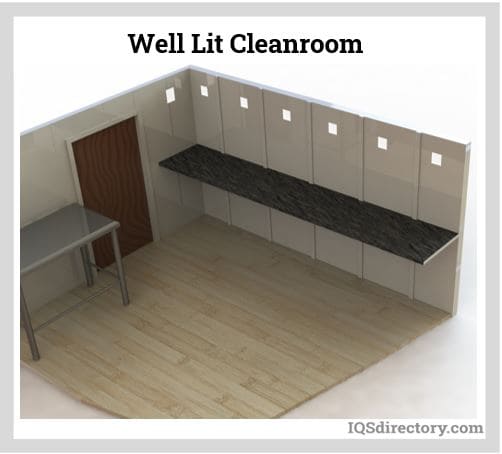
A cleanroom is a specially designed enclosed space where airborne particulates have been limited or removed by a highly sophisticated filtration system. They are used by industries that require a highly controlled and monitored environment for the production...
Portable Cleanrooms
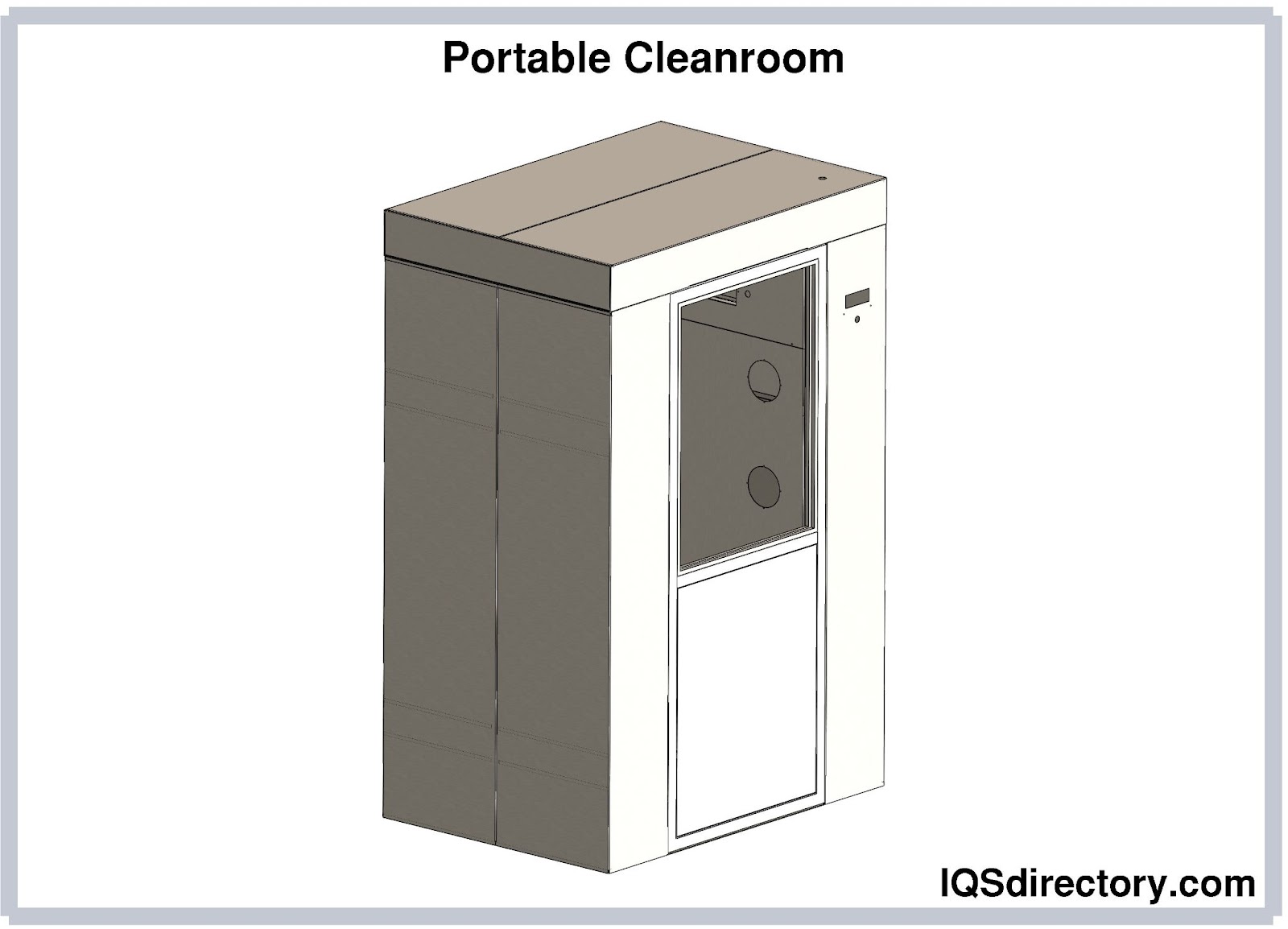
A portable cleanroom is a compact system that requires little space, provides mobility, is cost effective, and offers exceptional clean and filtered airflow to create an uncontaminated and sanitized environment. They are a modular designed room where...
Softwall Cleanrooms
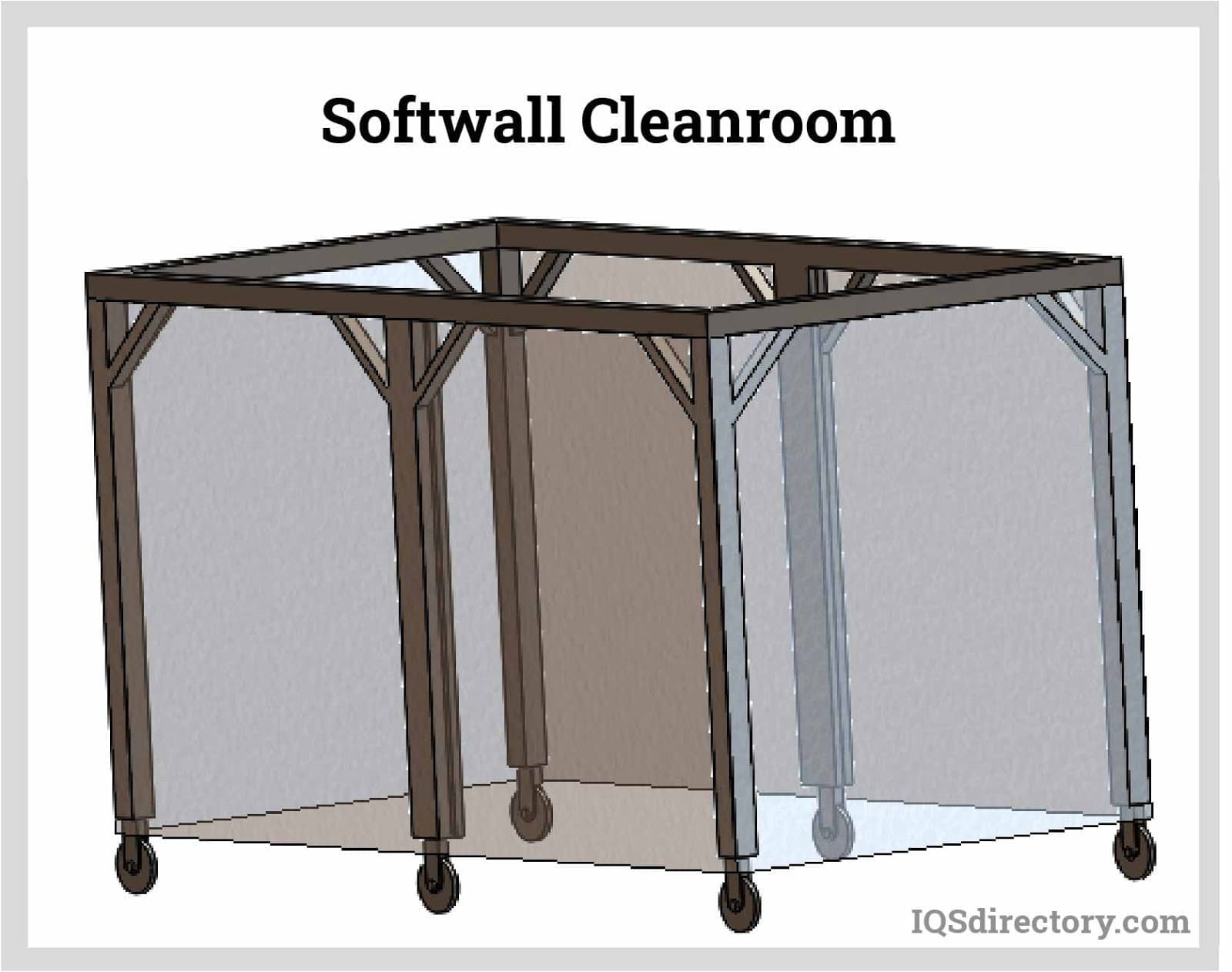
A softwall cleanroom is a confined controlled space with a metal frame, clear panel walls, an entrance, high efficiency particulate air (HEPA) filters, and exceptional lighting that is designed to provide a contaminant and particulate matter free workspace...
Cleanroom Products
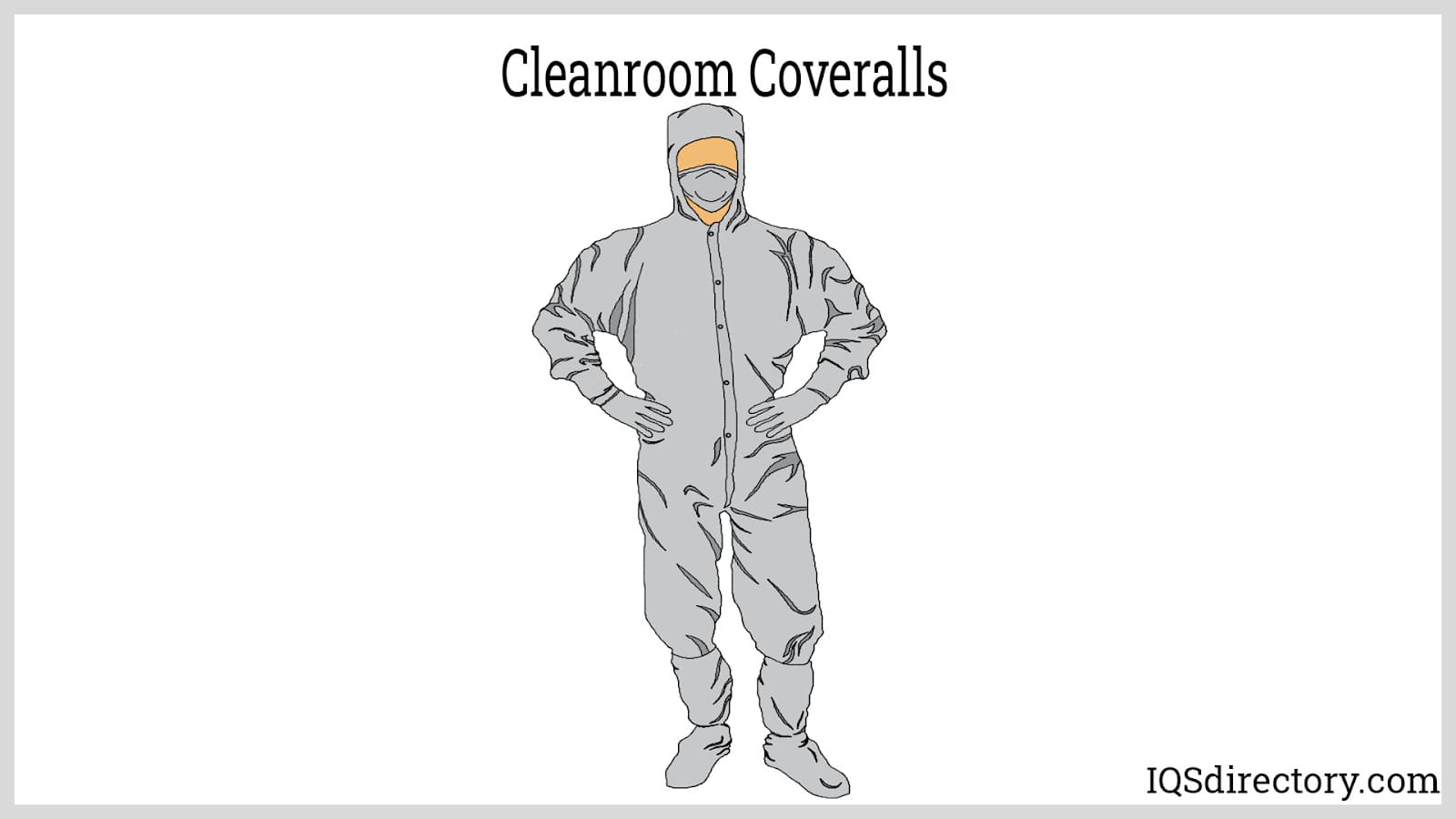
Cleanroom products are specially designed and engineered to prevent the contamination and pollution of highly sensitive cleanroom environments. For a cleanroom to receive its level of classification, it is required to be cleaned, constructed, and sanitized to meet a list of qualifying conditions and standards....
Modular Clean Rooms
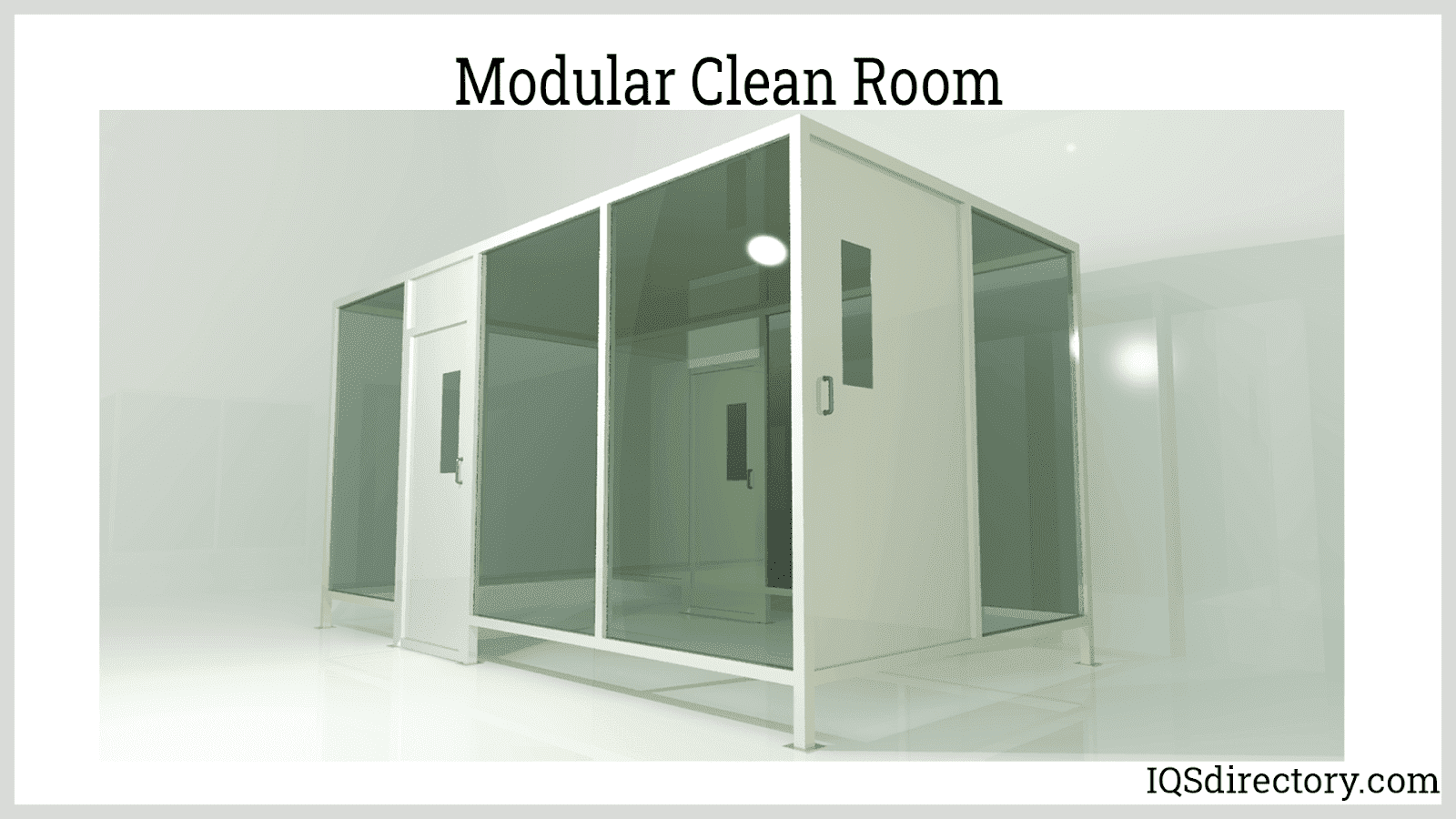
A modular clean room is a prefabricated, controlled environment that is constructed to limit the presence of sub-micron particulates. These specially designed rooms are assembled using prefabricated panels inserted into a frame. They are purchased as a kit to be assembled or can be constructed by a technician...
Types of Cleanrooms
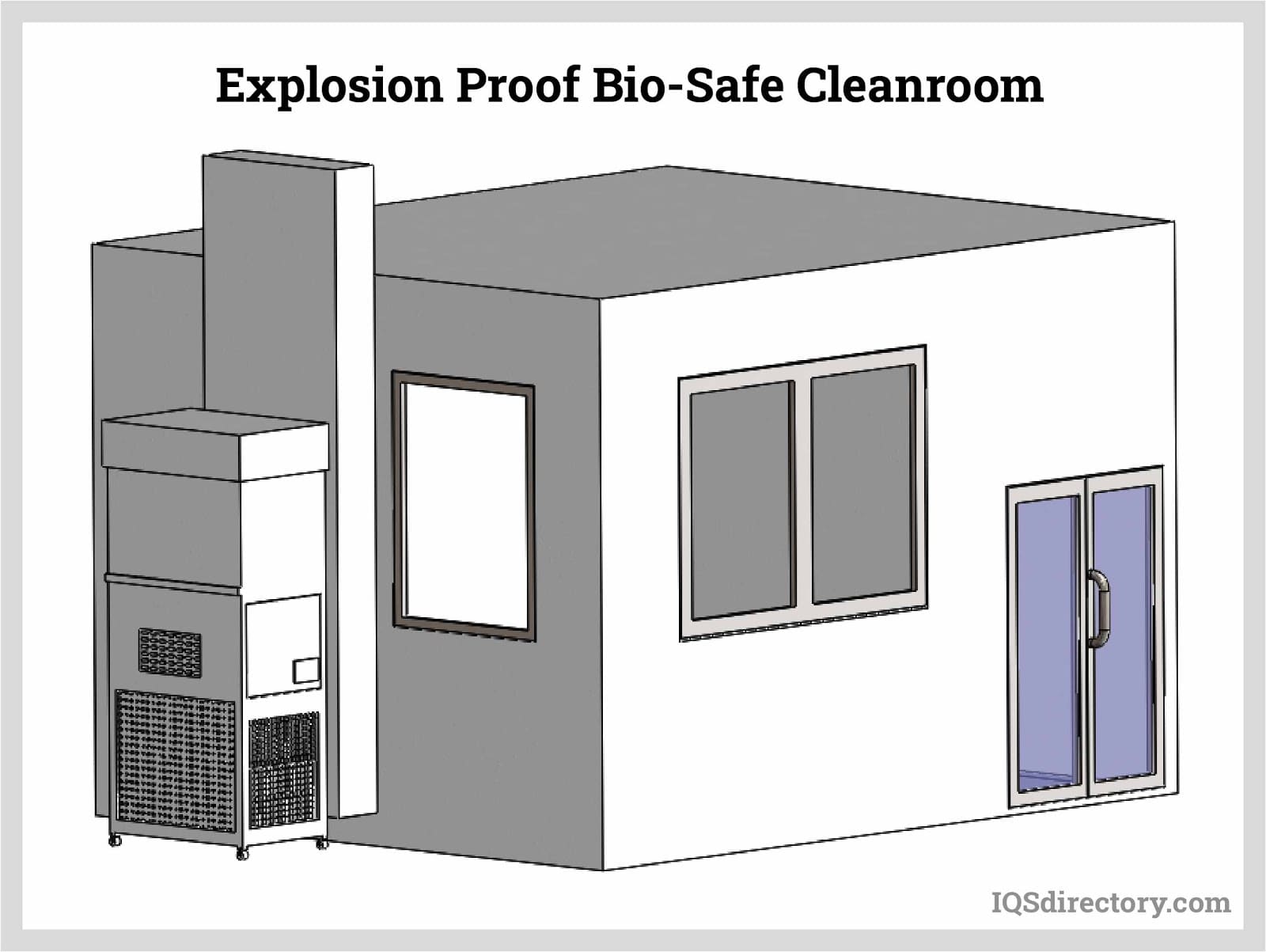
A cleanroom is a specially designed and configured room that has been constructed to eliminate dust particulates and atmospheric contaminants. They are commonly used for scientific research, pharmaceutical production, and other industries that produce products that can be damaged by unsanitary or polluted conditions...


